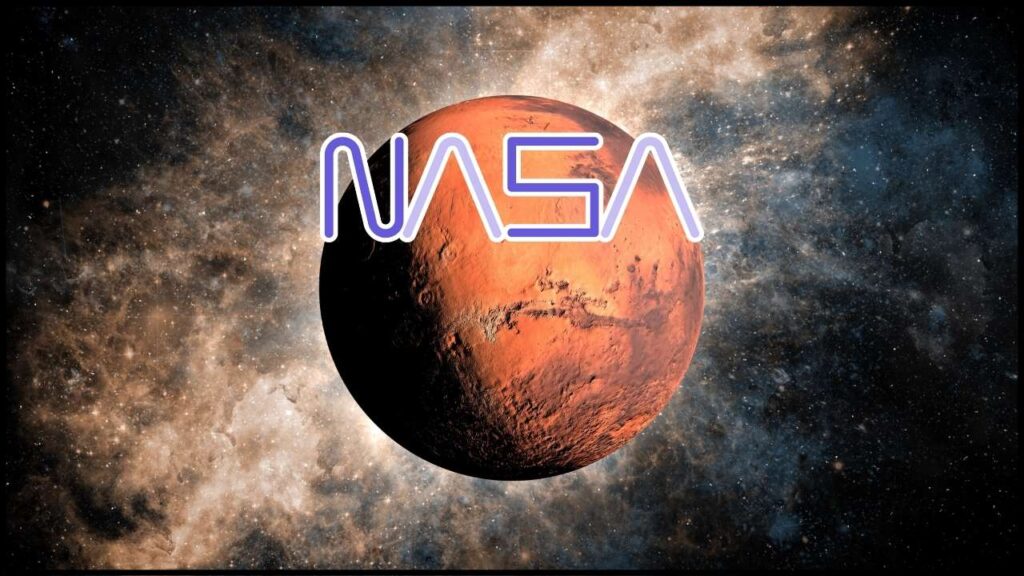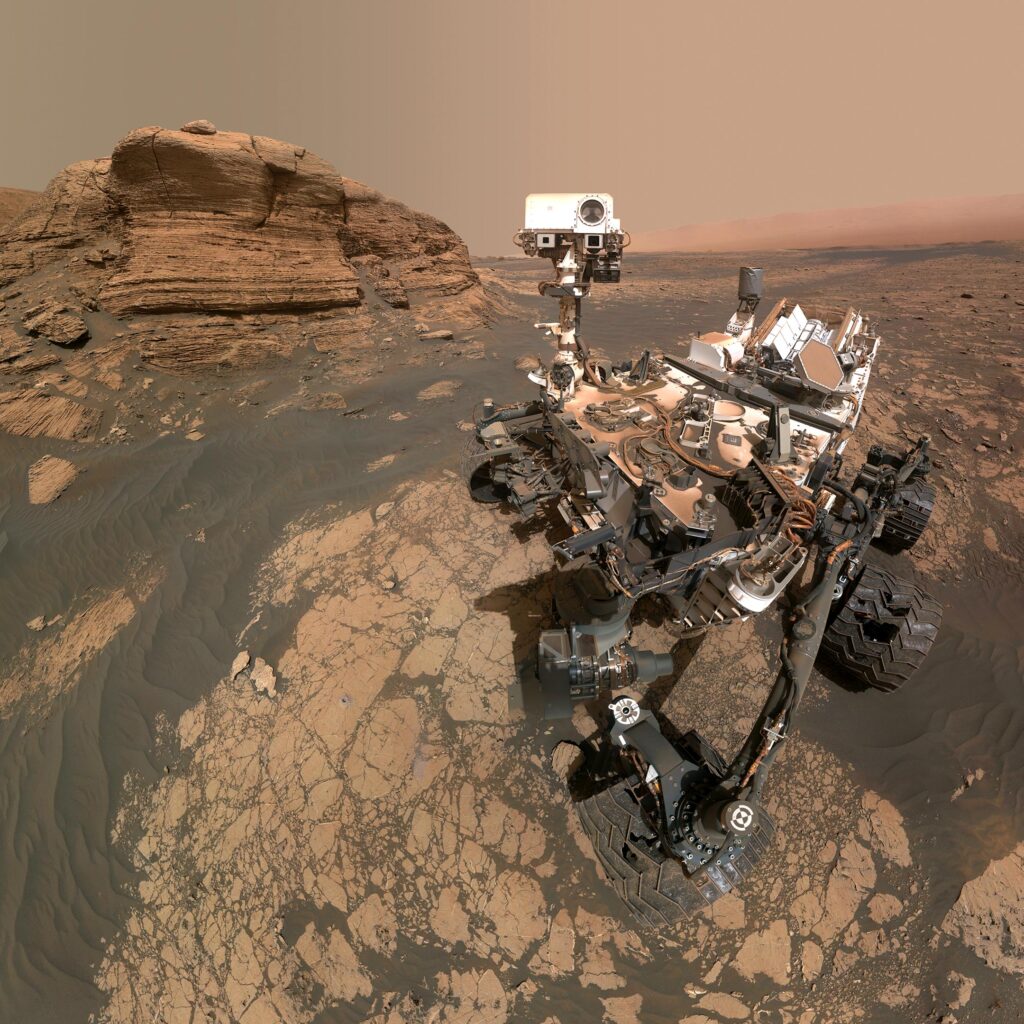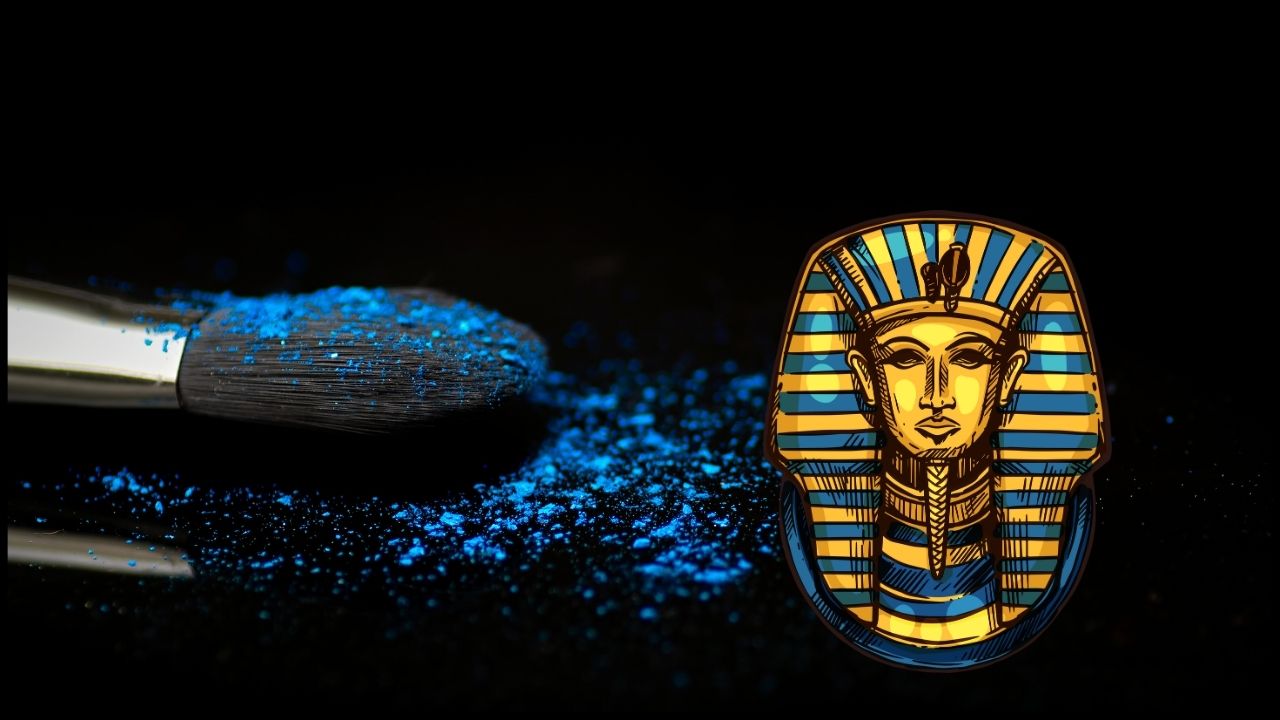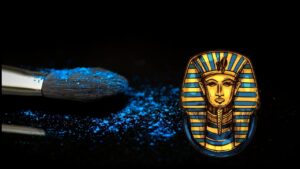Unexplained Phenomena on Mars: Mars, the Red Planet, has captivated humankind for centuries. From its stunning landscapes to the mysterious possibility of life, it has sparked endless curiosity. With missions like NASA’s Curiosity Rover, we’ve learned more about Mars in the last decade than ever before. However, some discoveries have left us scratching our heads. One such discovery is the presence of radioactive elements on Mars. At first, this raised questions: Could they be signs of alien technology, or perhaps evidence of a hidden past we haven’t yet uncovered? NASA has finally explained these mysterious radioactive traces, and the truth is far less dramatic but still incredibly interesting. In this article, we’ll take a deep dive into the radioactive traces found on Mars, break down the science behind them, and explain why these discoveries matter. Whether you are an aspiring scientist, a curious school kid, or a space exploration professional, we will help you understand this breakthrough in an engaging and easy-to-follow manner.
Unexplained Phenomena on Mars
NASA’s explanation for the radioactive traces found on Mars provides valuable insights into the planet’s geological history and habitability. These natural traces, caused by cosmic rays bombarding the Martian surface, offer clues about Mars’ evolution and help us understand the challenges future astronauts might face. This discovery is more than just an interesting scientific fact. It’s a crucial step in preparing for future Mars exploration, and it continues to shape our understanding of the Red Planet’s potential for life and human habitation.

| Key Takeaways | Details |
|---|---|
| Discovery | NASA’s Curiosity Rover discovered radioactive elements in Martian soil. |
| Cause | Traces are the result of natural processes, not alien sources. |
| Scientific Insights | The radiation is from cosmic rays and solar radiation interacting with Mars’ surface. |
| Importance | Helps scientists understand Mars’ geological history, radiation levels, and potential for past life. |
| Source | Visit NASA’s official website for more details. |
The Mysterious Radioactive Traces on Mars
The discovery of radioactive elements on Mars initially caused a stir among scientists and space enthusiasts alike. At first glance, one might think of nuclear activity, alien spacecraft, or some mysterious cosmic event. But as it turns out, NASA’s Curiosity Rover, which has been exploring the Gale Crater since 2012, uncovered something entirely different—a natural phenomenon.
Radioactive traces were found in the Martian soil, and they’re a result of cosmic rays—the high-energy particles that flood the universe. These cosmic rays bombard Mars with high-energy protons, creating chemical reactions when they hit the surface. Over time, these reactions release radioactive isotopes that can be detected by the Rover’s instruments.
So, while the idea of alien technology might seem cool, these radioactive traces are much more down-to-earth and tied to natural, environmental processes. This groundbreaking discovery changes the way we look at Mars and gives us more clues about the planet’s geological history and the potential for life.
Cosmic Rays: What Are They and Why Are They So Important?
To understand how these radioactive traces formed, we first need to talk about cosmic rays. These high-energy particles, mostly protons, travel through space at nearly the speed of light. Cosmic rays come from several sources: our Sun, distant stars, and exploding supernovae. They are incredibly powerful, and they can penetrate matter, interacting with atoms on the surface of planets.
When cosmic rays strike the Martian surface, they react with the Martian atmosphere and soil, producing radioactive isotopes. These isotopes decay over time, emitting radiation. This interaction is similar to what happens in Earth’s atmosphere, where cosmic rays produce radiocarbon used in dating ancient fossils.
However, unlike Earth, Mars lacks a thick atmosphere and a magnetic field to shield it from cosmic rays, making it much more vulnerable to this radiation. This is one of the reasons why scientists believe that if life ever existed on Mars, it would have had to adapt to extremely high levels of radiation. Studying these cosmic rays and their effects on Mars helps researchers understand the environmental challenges early life might have faced.

The Radioactive Elements Found on Mars
So, what exactly did NASA’s Curiosity Rover discover in the Martian soil? The Rover detected several radioactive isotopes, which are versions of elements that have unstable nuclei and release radiation as they decay. These isotopes are created when cosmic rays interact with Martian rocks and soil. Some of the most notable isotopes found on Mars include:
- Carbon-14 (14C): This radioactive isotope is created when cosmic rays interact with carbon in the Martian atmosphere. On Earth, scientists use carbon dating to determine the age of ancient artifacts, fossils, and organic matter. While this method cannot directly be used on Mars due to a lack of life, it is still crucial for studying the Martian surface’s age and composition.
- Chlorine-36 (36Cl): This isotope is created when cosmic rays strike the Martian surface. Chlorine-36 is particularly useful for dating Martian rocks and soil. By measuring its presence, scientists can estimate how long these surfaces have been exposed to cosmic radiation. This is a key piece of the puzzle in reconstructing Mars’ geological history.
- Beryllium-10 (10Be): Beryllium-10 is another important isotope formed through cosmic ray interaction. It can be used to measure how much radiation the Martian surface has experienced and is instrumental in helping scientists understand Mars’ climate history.
These isotopes have a lot to teach us about the evolution of Mars and its environment, especially its radiation levels, and they give us vital information on the potential for life on the planet. They also shed light on the geological history of Mars and the processes that have shaped it over billions of years.

The Importance of Unexplained Phenomena on Mars: What Do They Tell Us?
You might be wondering: why is it so important to understand the radioactive traces on Mars? The answers lie in what this discovery tells us about Mars’ past, present, and future. Here are some of the key reasons why these findings matter:
1. Unraveling Mars’ Geological History
The radioactive isotopes found on Mars offer scientists a dating tool to understand the planet’s geological timeline. By analyzing the levels of isotopes like Carbon-14 and Beryllium-10, researchers can determine how long Mars’ surface has been exposed to cosmic radiation. This allows them to date the Martian surface and study how Mars’ geology has evolved over time.
For example, by measuring the amount of Chlorine-36, scientists can estimate the age of surface materials and gain insights into the planet’s past conditions. This is crucial for understanding the planet’s environmental changes, volcanic activity, and possible water history.
2. The Search for Life on Mars
While no one has yet discovered signs of life on Mars, the search for past life continues to be a driving force behind space exploration. Mars’ surface is bombarded by high-energy radiation from cosmic rays, and that presents a significant barrier for any potential life forms. However, life may have been able to survive in the subsurface, where radiation levels are much lower.
By studying the radioactive traces, scientists can learn more about how Mars’ environment has changed over time and whether it was ever habitable for life. For instance, the presence of water might have been key to supporting life in Mars’ distant past. The discovery of radioactive isotopes also offers clues about the Mars climate, and understanding these factors helps pinpoint the best places to search for life.
3. Planning Future Mars Missions
NASA’s efforts to send humans to Mars are becoming more tangible every year. But before astronauts can safely set foot on the planet, we need to understand the challenges that lie ahead. Radiation exposure is a major concern for long-term human habitation on Mars, as the planet has little protection from cosmic rays.
The data gathered from these radioactive traces will inform the design of radiation shields and habitats for future Mars missions. By knowing how much radiation the surface experiences, NASA can develop protective technologies to shield astronauts from harmful radiation during their missions.
Additionally, understanding the radiation levels on Mars will help scientists determine the best places for human settlements—locations where subsurface water might be present and radiation levels are lower.

Practical Steps for Future Mars Exploration
As we look toward the future of Mars exploration, there are several important steps NASA and other space agencies will need to take. These radioactive findings will play a crucial role in shaping the direction of upcoming missions.
1. Radiation Shielding Technology
NASA is already working on radiation-resistant suits and habitat materials for astronauts. Future Mars habitats will likely need to be built with materials capable of withstanding high radiation levels. Some designs are considering underground habitats or artificial shields made from Martian soil (regolith) to protect future settlers.
2. Investigating Mars’ Subsurface
Since radiation on the surface of Mars is high, scientists are focusing more on subsurface exploration. By drilling into the Martian surface, we can gain access to areas that are shielded from radiation. This may also be the best place to look for ancient microbial life or evidence of past water sources that could have sustained life.
3. Understanding the Radiation History
By learning more about the radiation environment on Mars, NASA can design more effective technologies to protect future astronauts. This knowledge will help shape future missions to Mars, whether the goal is to search for past life, gather scientific data, or establish permanent human settlements.
Trump’s New NASA Budget Proposal Cuts Deep—Some Changes Called ‘Literally Draconian’
It’s Official: NASA Just Confirmed What the Oceans Really Look Like from Space
NASA Just Discovered Solar Curtains on the Sun—Here’s How This Plasma Spectacle Forms











